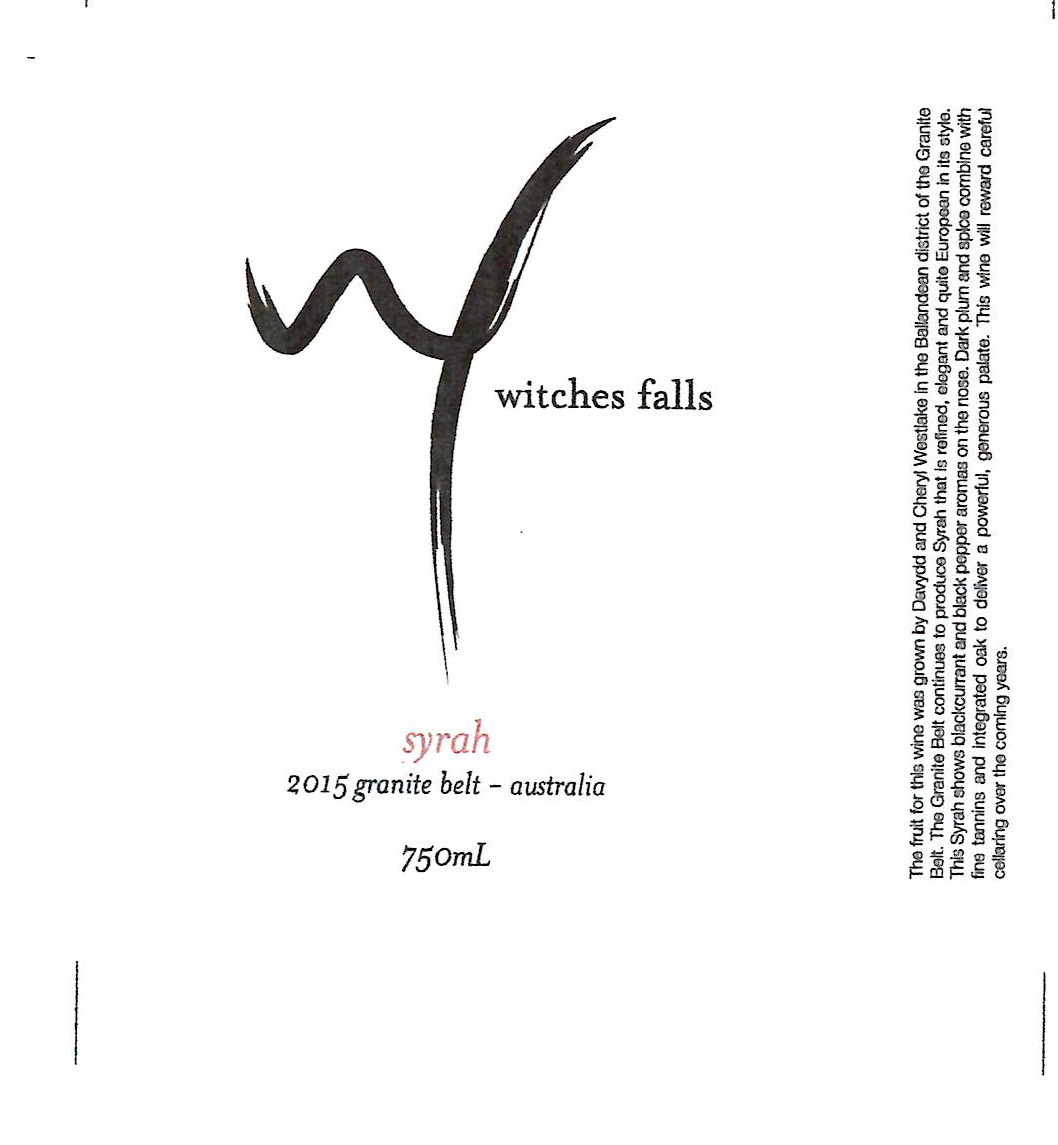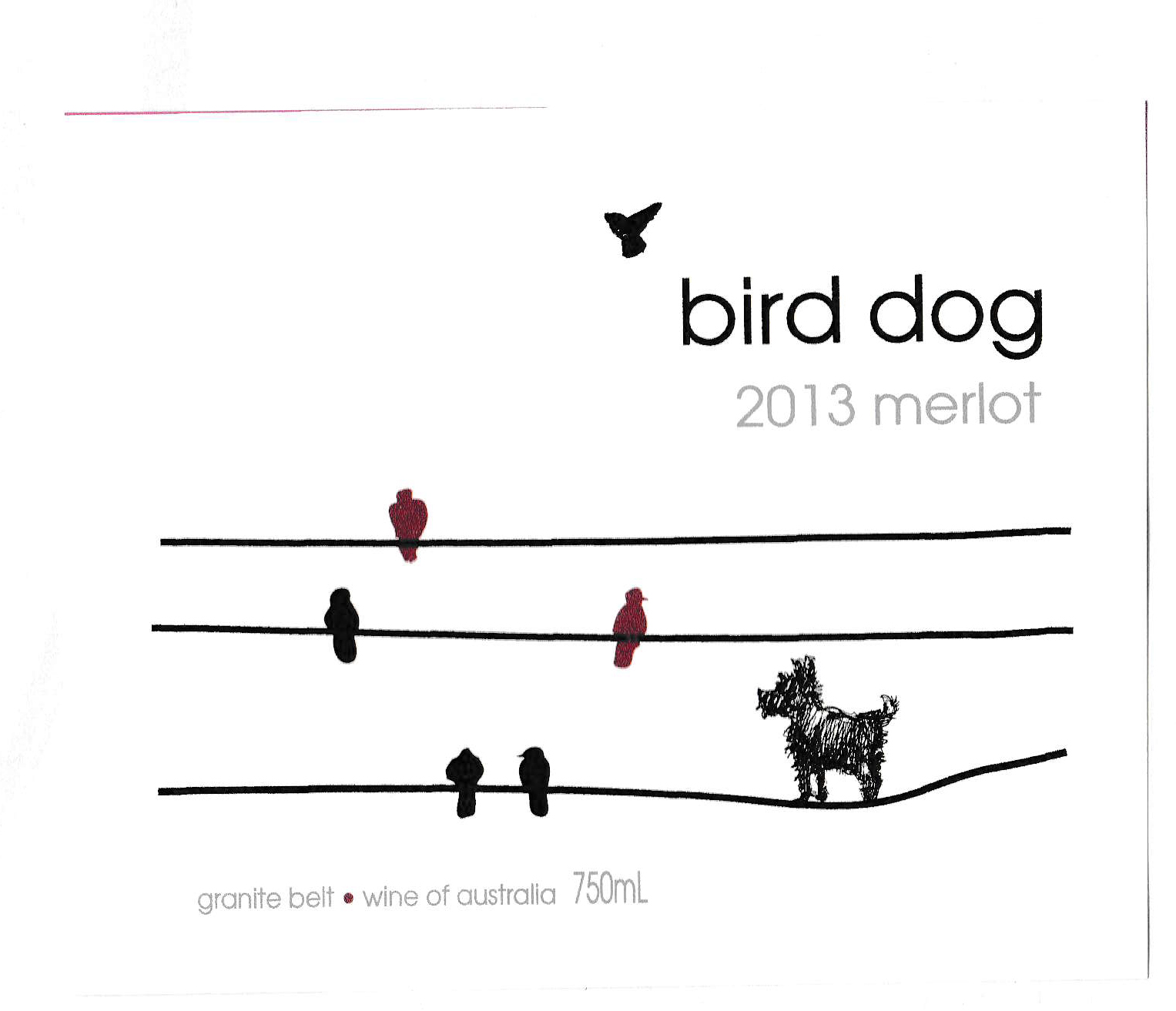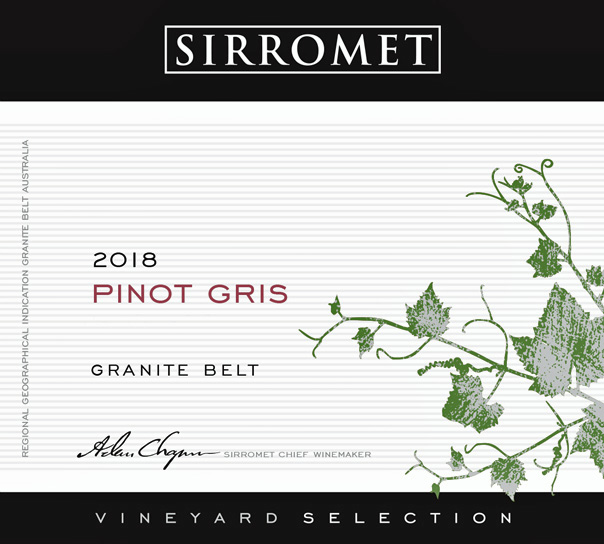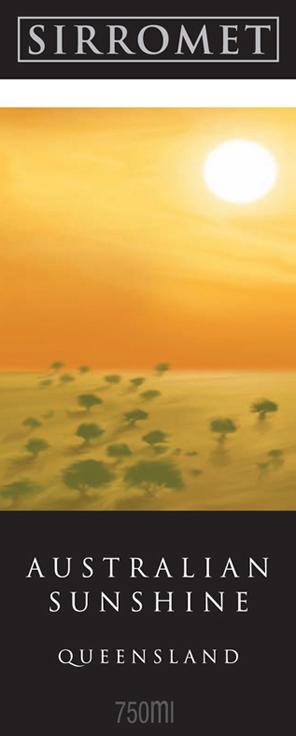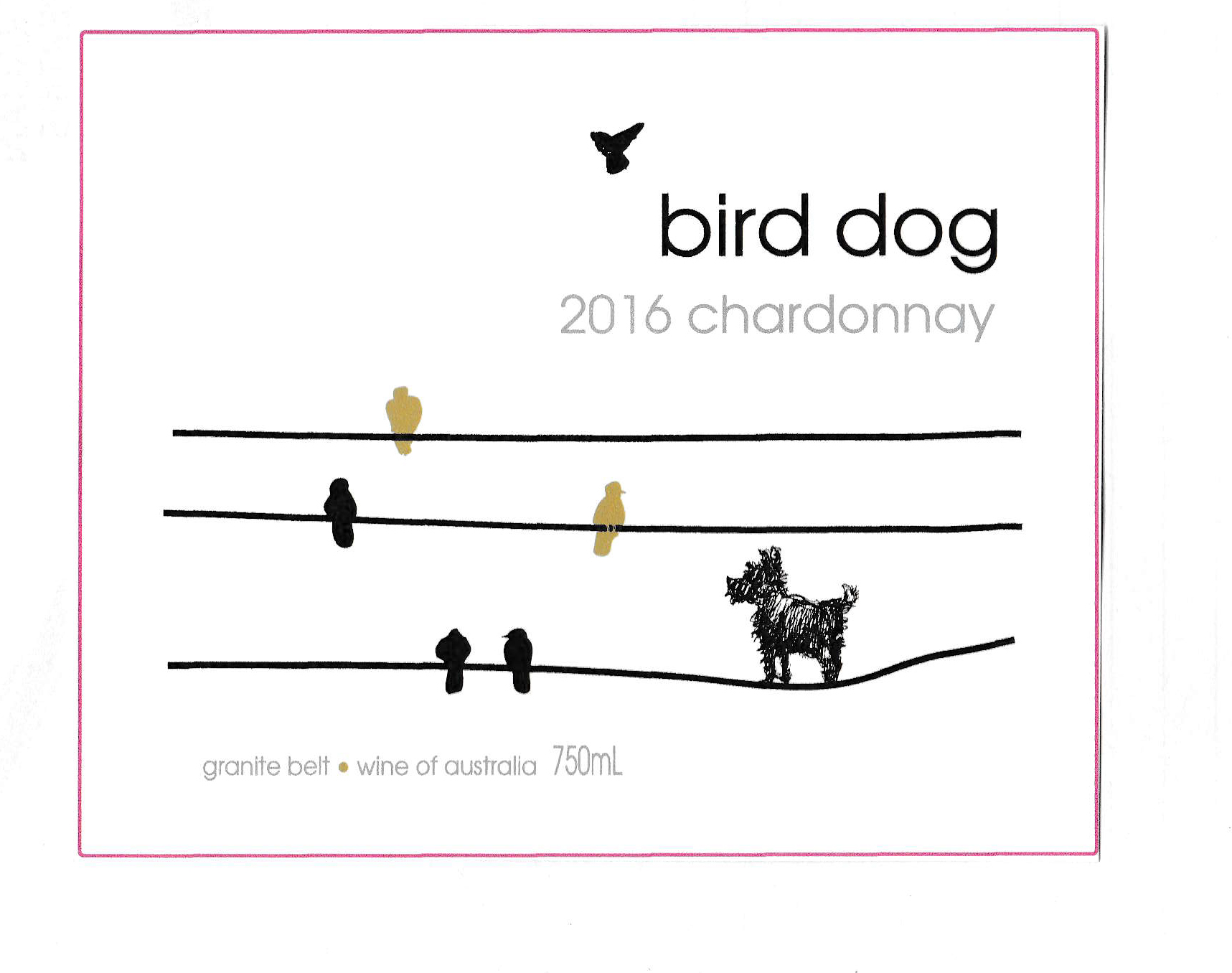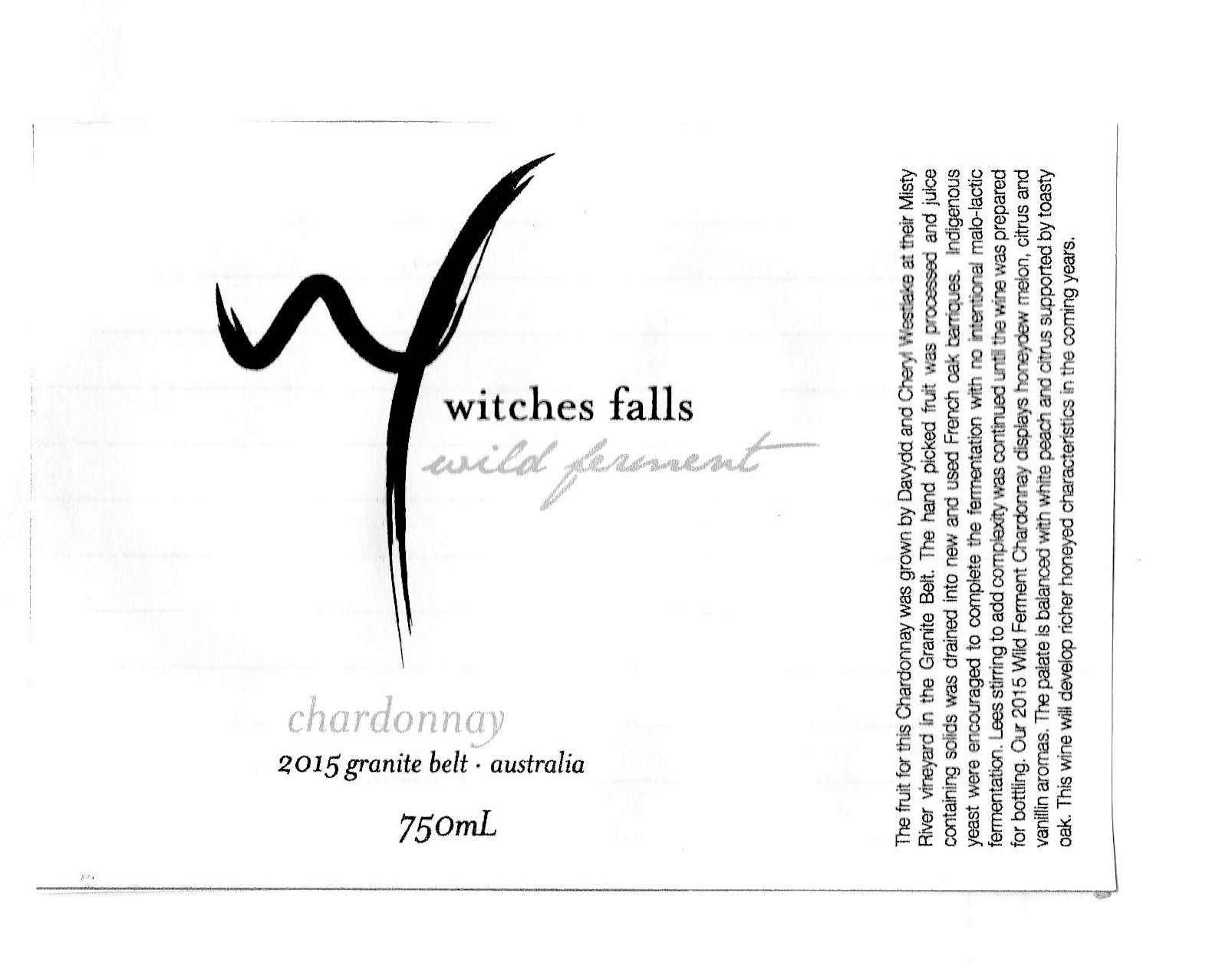Terroir of Queensland
Queensland's wine regions, nestled along the Great Dividing Range, enjoy a unique subtropical climate tempered by elevation. Vineyards span altitudes of 300 to 1,000 meters, notably in the Granite Belt, one of Australia's highest wine regions. Here, cool climates and brisk winters extend the growing season, while elevation moderates summer heat.
Summer rains pose challenges, increasing disease risks, which growers counter with well-drained sites. The Granite Belt features sandy loams over decomposed granite, sometimes mixed with basalt, while South Burnett offers diverse soils from sandy to red clay loams.
Viticulture battles spring frosts, hail, and late-season rain, prompting canopy management and strategic planting on south-facing slopes. This environment, with its blend of sunshine and cool nights, yields ripe fruit with natural acidity, imparting a fresh vibrancy to Queensland's wines.
Notable Wineries in Queensland
Queensland's vibrant wine scene is anchored by several notable wineries that capture the state's adventurous spirit. Here's a look at some key players:
-
Ballandean Estate Wines: The state's oldest winery, known for Shiraz, Fiano, and Saperavi, has been family-run since 1932.
-
Sirromet Wines: As Queensland's largest producer, it operates in both the Granite Belt and near Brisbane, offering a diverse range of wines.
-
Golden Grove Estate: With its Italian heritage, this winery excels in crafting unique varieties like Vermentino and Durif.
-
Symphony Hill Wines: Renowned for award-winning Gewürztraminer and Petit Verdot, showcasing the region's potential.
-
Clovely Estate: Home to the state's largest vineyard, it stands out with vibrant Verdelho, Semillon, and Shiraz.
Sustainable Winemaking in Queensland
In Queensland, sustainability begins with choosing grape varieties suited to the subtropical climate, reducing the need for chemical interventions. The Granite Belt pioneers organic and low-input farming, using natural fertilizers and cover crops while minimizing irrigation. These practices are essential in a region frequently challenged by drought.
Water conservation is a priority, with wineries investing in techniques like mulching and building on-site dams. During the 2019 Stanthorpe water crisis, the wine community united to provide relief, highlighting their commitment to environmental resilience. Increasingly, wineries seek certification from Sustainable Winegrowing Australia, reinforcing long-term eco-friendly strategies.
Wine Tourism in Queensland
Queensland's wine tourism blends scenic landscapes with unique wine experiences.
In the Granite Belt, over 50 cellar doors invite exploration through the Strange Bird Trail, highlighting rare wine varieties. Nearby, Girraween National Park offers hiking trails amid natural beauty. Events like the Apple & Grape Harvest Festival draw crowds to this vibrant region.
In South Burnett, small family wineries offer cozy farm stays and festivals, showcasing local food and wine. Kingaroy and Moffatdale's relaxed trails provide a charming escape.
Closer to Brisbane, Sirromet Wines brings wine tourism to city life with tastings, dining, and glamping. The Scenic Rim and Gold Coast Hinterland offer rainforest vistas and local cuisine.
Throughout Queensland, the focus is on natural beauty and warm hospitality, enriching the wine tourism experience with the state's adventurous spirit.






